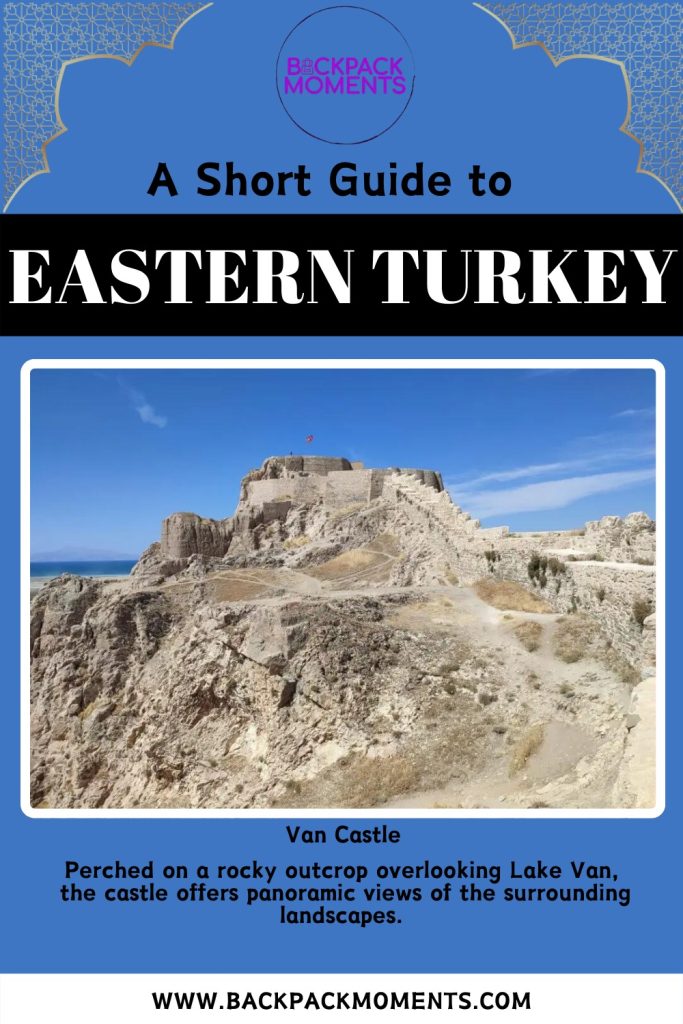A Short Guide to Eastern Turkey
The eastern part of Turkey is a lot less glamorous than its western counterpart.
Most tourists stick to Istanbul, Cappadocia and a few famous sites near the Aegean coast like Ephesus, Antalya, and Pamukkale but few venture out in the far east in the ancient once Armenian lands of Van, Dogubayazit, Kars, Artvin, and Erzurum. Or any of the other countless landmarks in Turkey.
Are they right to do so? Who’s to tell but read on to learn my take on a guide to Eastern Turkey.
Van
Van is one of the biggest cities in Eastern Turkey, situated next to the eponymous biggest lake in Turkey. The Old City of Van was practically razed to the ground during World War I (check out The Defence of Van to learn more) and all that remains is the Castle, which is still pretty impressive.
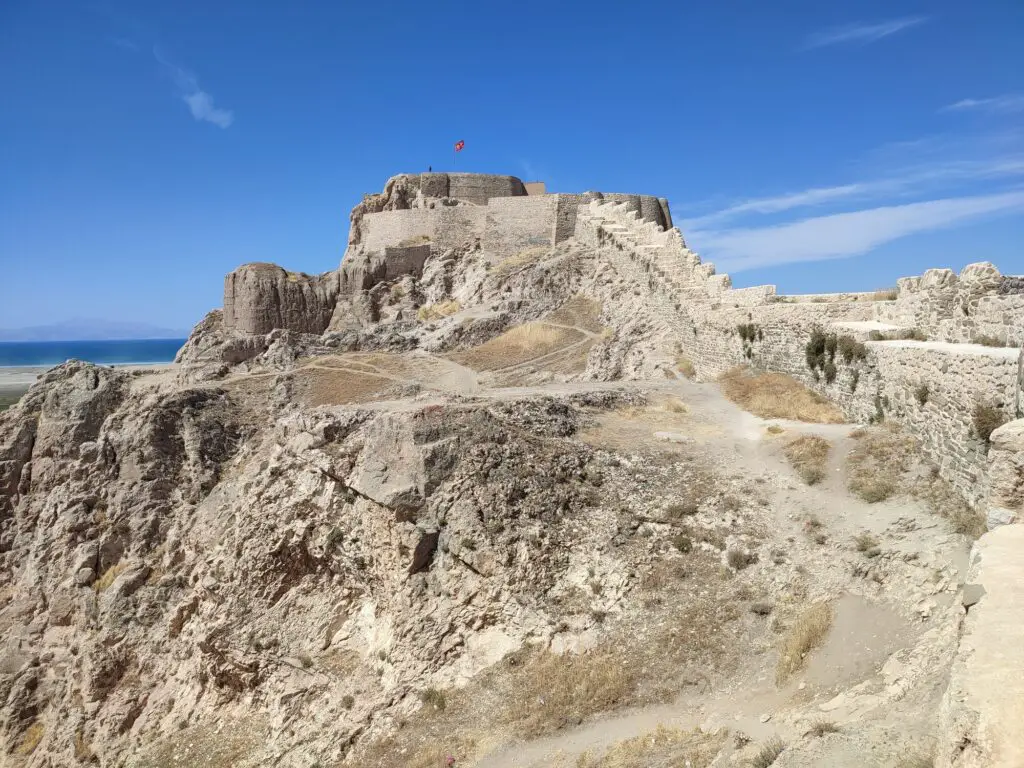
Getting to The Castle is rather easy – just take one of the many minibuses from Melen Caddesi or Kazim Karabekir blv. (some locals call the latter Maraş Street) and they will drop you off at the back end of the castle. The price is 6 TL.
From the small park at the back end of the castle, you can easily climb into the castle proper and explore some less visited areas. Also, you won’t have to buy a ticket, which otherwise costs 20 TL.
There isn’t much at the castle – old ruins, a few small cavelike dwellings, a ruined church, a closed mosque, and one ancient inscription. The last one is pretty fascinating – it’s in three languages and made by the 5th century BC king Xerxes.
Other than that, the views are pretty nice – you can see the flat ground of the now-gone Old City, Lake Van, and the new city of Van from all sides.
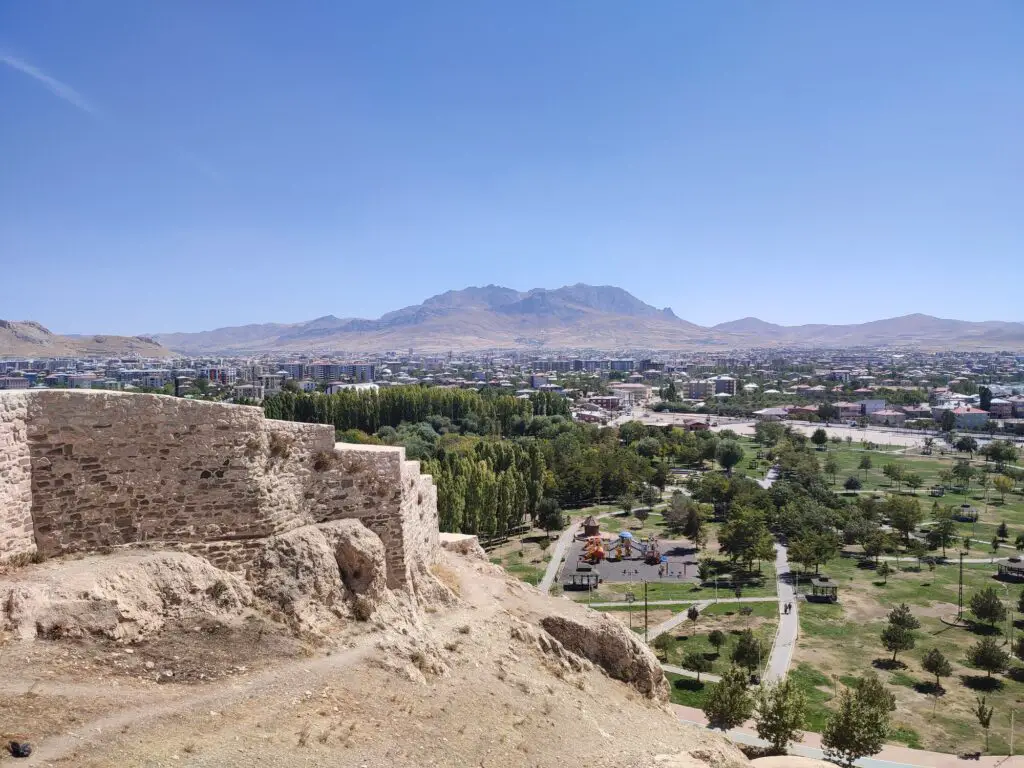
The other big attraction around Van is Akdamar Island and the old Armenian church there. Getting there is a bit tricky. First, you need to get to the Van bus terminal or stand at the intersection between Melen Caddesi and Ipek Yolu Caddesi.
There are frequent dolmuşes that go to Gevas (~10 TL). From there you will have to get another dolmuş to the Akdamar ferry terminal (~6 TL). Take the ferry (every half hour or so, 50TL) and arrive at the island.
There’s a ticket booth – it’s one of those Turkish tourism trap sites that charge way too much for what they are, but it is what it is: a 60 TL entrance fee.
The island is small, but allow at least an hour – the last ferry is at 18:30, although it’s better to take an earlier one, as transport back to Van ends at 19:00.
I was back on the mainland at 18:00 and barely caught the last public bus with the help of some firefighters who stopped it and paid for me. Anyway, about Akdamar…
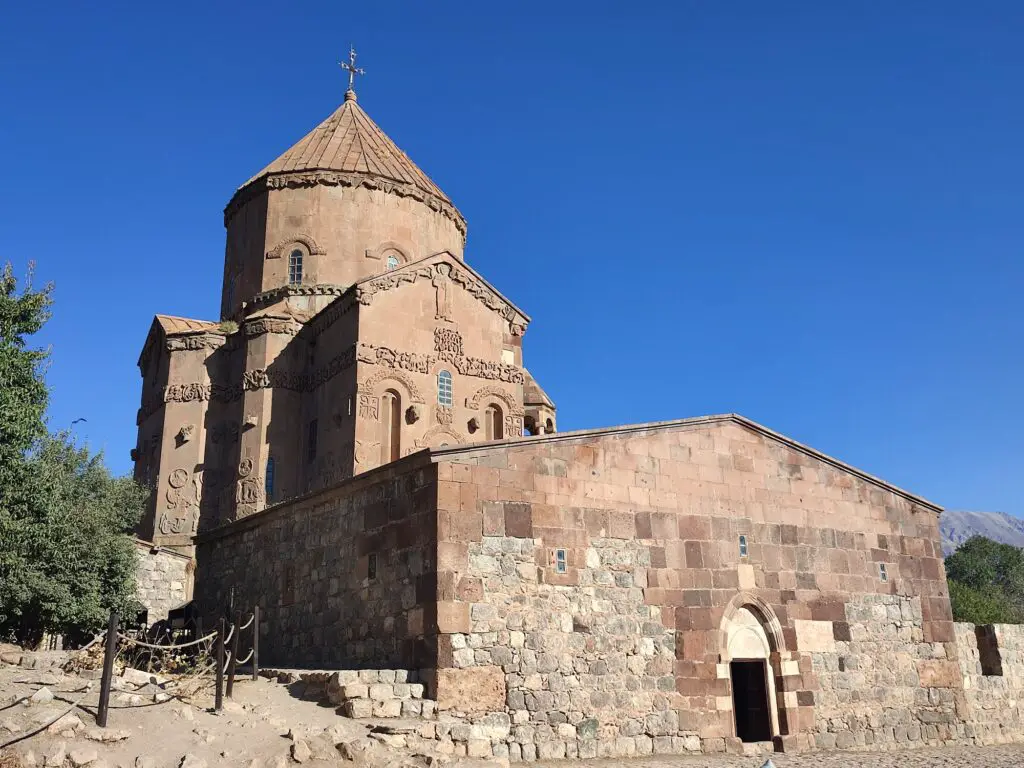
There isn’t much on the island itself. Most of it is fenced out and you’re not allowed to explore 80% of the island.
The main sight is the Cathedral of the Holy Cross – a 10th-century Armenian church, renovated in 2006. Its details, friezes and reliefs are pretty cool – scenes from the New and Old Testaments with influences from Umayyad and Sassanid art.
The church is technically a secular museum, which has led to a lot of controversy in the past decade, from whether a cross should be put on top to whether a liturgy once a year should be allowed.
The fact that it’s not mentioned anywhere that the church was/is Armenian also raises a lot of eyebrows.
To get back you can get one of the two ferries on both sides of the island. The ferries’ routes are given on Maps.me.
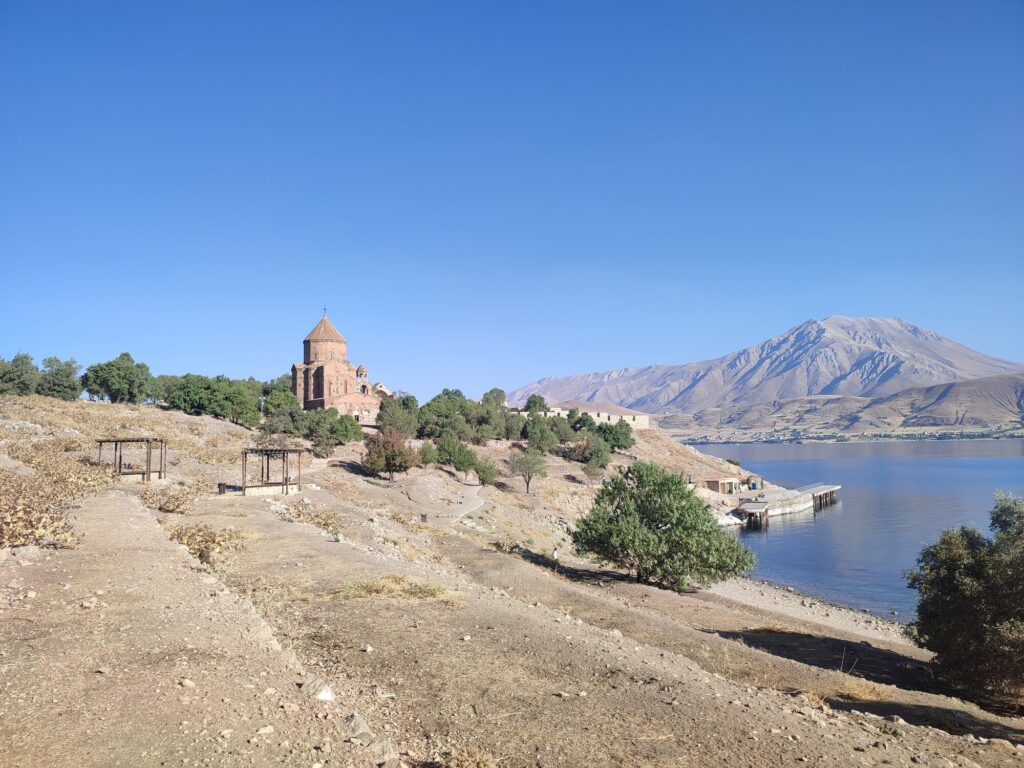
Doğubayazıt
Remember, the letter “ğ” is something like the “w” in English. Or you can just regard it as silent. Do’ubayazıt.
You can get to Doğubayazıt from Van by bus or dolmuş. The last bus from Van departs at 16:00 and costs 100TL, but when I got there at 15:15 there were already no tickets left. I had to either stay in Van another night or settle for the 200TL dolmuş a driver set up just for me and an Iranian family (These prices are from August 2022. They have probably increased due to the rampant inflation in Turkey).
I figured accommodation would be cheaper in Doğubayazıt and I won’t waste another day, so I sighed, told them it was a ripoff and nevertheless got in the minibus.
Doğubayazıt itself is pretty dull. It’s a small town, mostly seen as a base for tours up Mt. Ararat. On a clear day, the mount is visible from the city and it’s a marvelous sight, however, most days the upper parts are shrouded in mist or clouds.
I eventually managed to see Mt. Ararat a month later when I was in Yerevan for 2 days.
Trekking mt. Ararat is no casual walk in the park. The mount is 5137 m. high, which means that even in the summer the highest parts will be covered by snow.
Treks usually take at least 5 days – ascent, acclimatization, rest, ascent, summit, and since a guide is mandatory, require planning/booking, and proper equipment, and cost about 600 euro. It’s just not something you do on a whim when in Eastern Turkey.
What you can easily visit though is İshak Paşa Sarayı (Palace), situated 7 km away on the hill overlooking the city. It’s easy to get there with a dolmuş from the end of the main street in Doğubayazıt, costing 6 TL.
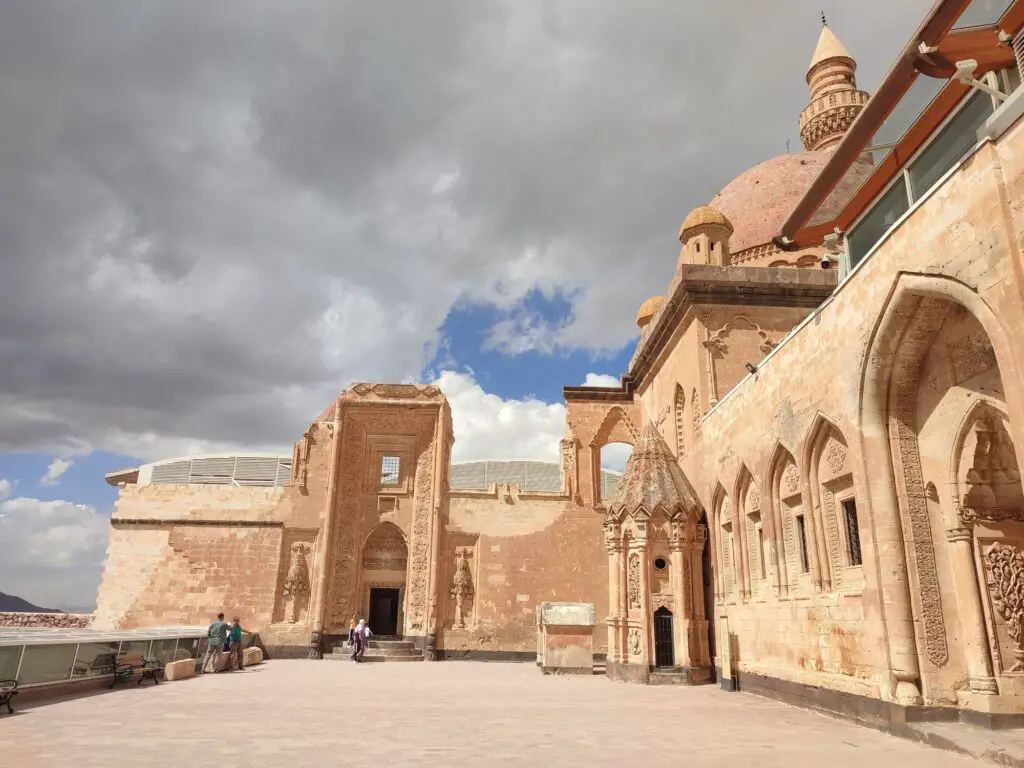
The Palace itself is quite impressive, combining Ottoman architecture with Persian and even Baroque influences. It’s assumed that Ishak Paşa himself is buried there.
The entry ticket costs 20 TL (compare that to the 60 TL for the measly church on Akdamar…) and you can roam around the palace, even in the underground dungeons.
Once outside, fill in the time to the next dolmuş back to the city (every hour or so) with a walk to Ahmed-Hani Türbesi up the hill. You will also get a glimpse of imposing rock formations and spectacular views.
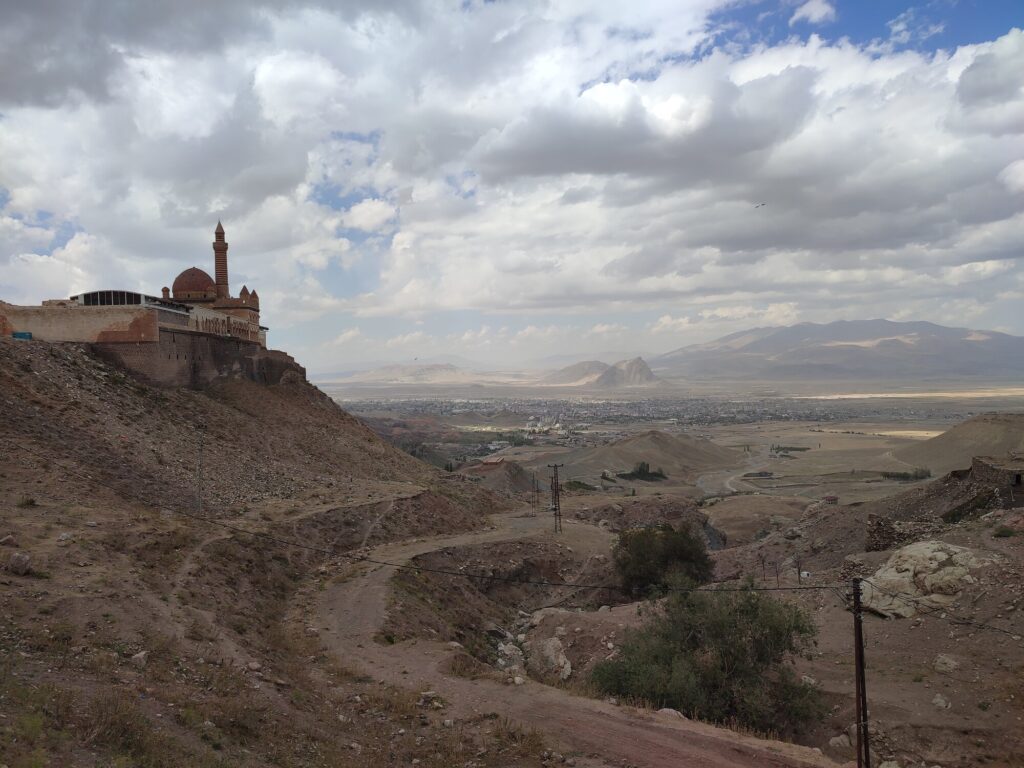
Kars
Kars is another hip city in the mountains of Eastern Turkey. Kars is more than 1700 meters above sea level, which means that the weather is cooler in the summer and their winters are harsh. In Kars you should walk around the center – it’s pretty nice and has some tasty food options like Cağ kebabı which originates from the region.
Make sure to visit Kars Castle. It is overlooking the city from the north side and is free to enter, the only cost being a 5-minute walk up the stairs.
Stop at the Armenian church (although now it’s transformed into a mosque) and if you’re lucky you will get a short history lesson from the young boy attending the place.

Be sure to check out the tomb (Alperenler Türbesi) of two Alperen martyrs, one of the first Seljuk Turks to conquer the area. It’s at the beginning of the Castle.
The Castle itself is like any other medieval castle in Turkey – mostly empty, with a few walls still standing, and the views being the main benefit of going up.

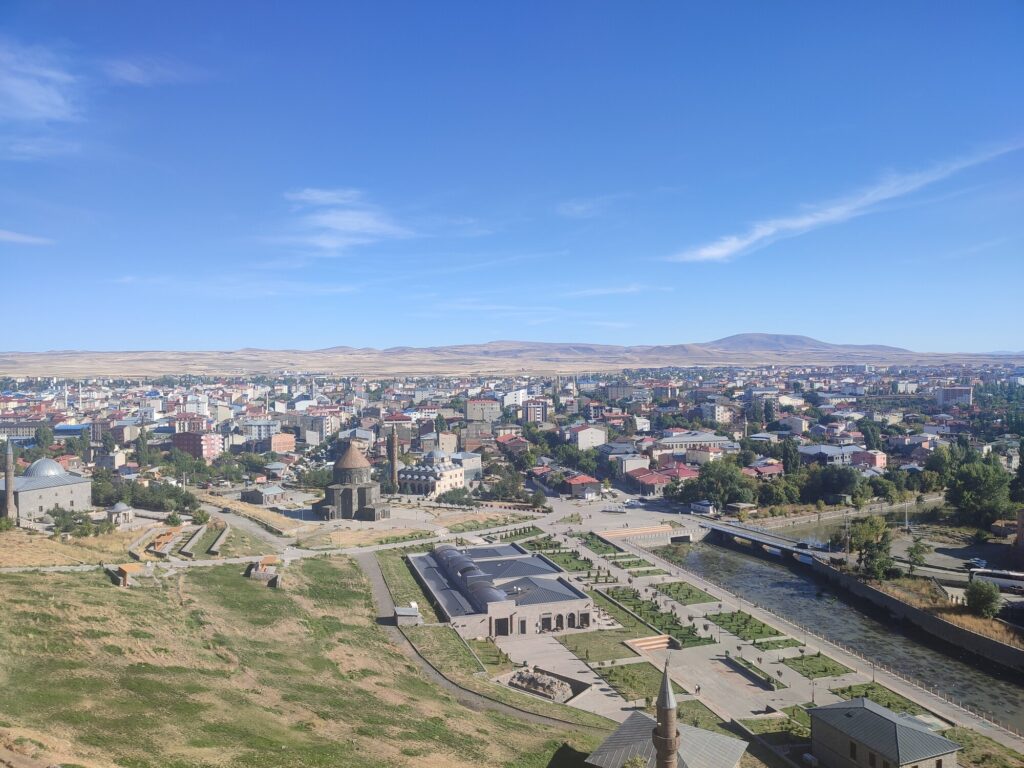
The main reason to visit Kars though, would probably be Ani – the ancient Armenian capital that remained just meters away from the modern border of the Republic of Armenia.
There have been efforts by the Russian Empire and then USSR to exchange it, but to no avail.
Anyway, to reach Ani from Kars you will either have to take a taxi (about 200 TL one way), hitchhike (unreliable, as not many cars go this route, but not impossible) or take the daily public/tourist bus that departs Kars at 10:00 and goes back from Ani at 13:00.
The bus waits for passengers in front of Antik Cafe (although its sign says “Cihangorzade Konagi”) at this address.
The bus costs 20 TL and takes about 45 minutes to reach Ani, giving you a plentiful 2 hours (and a bit) before it leaves to go back. If you miss it, your only other option is hitchhiking, so be prompt!
Ani costs 50 TL to enter with a regular ticket. An audio guide is advertised for 15 TL extra, but unfortunately, it’s misleading and they don’t offer it. Maybe it was temporary, but it looked like that’s how it always is.
The site itself is surrounded on three sides by the river which is also the border with Armenia. It’s close to impossible to cross the border accidentally, but do exercise caution still, as the border guards on both sides will not look lightly on such transgression.
The ancient city of Ani is all but destroyed today. A few churches remain, which are the main sights to check out. There are many unmarked ruins as well and if you stray off from the main paths you can stumble upon some of them.
The main ruins include King Gagik’s church, the Church of St. Gregory, the Cathedral of Ani, the Church of St. Gregory of Tigran Honets, the Holy Saviour Church, as well as the old Selcuk Palace and a newly restored Minuchihr Mosque.
Here are a few pictures from Ani:
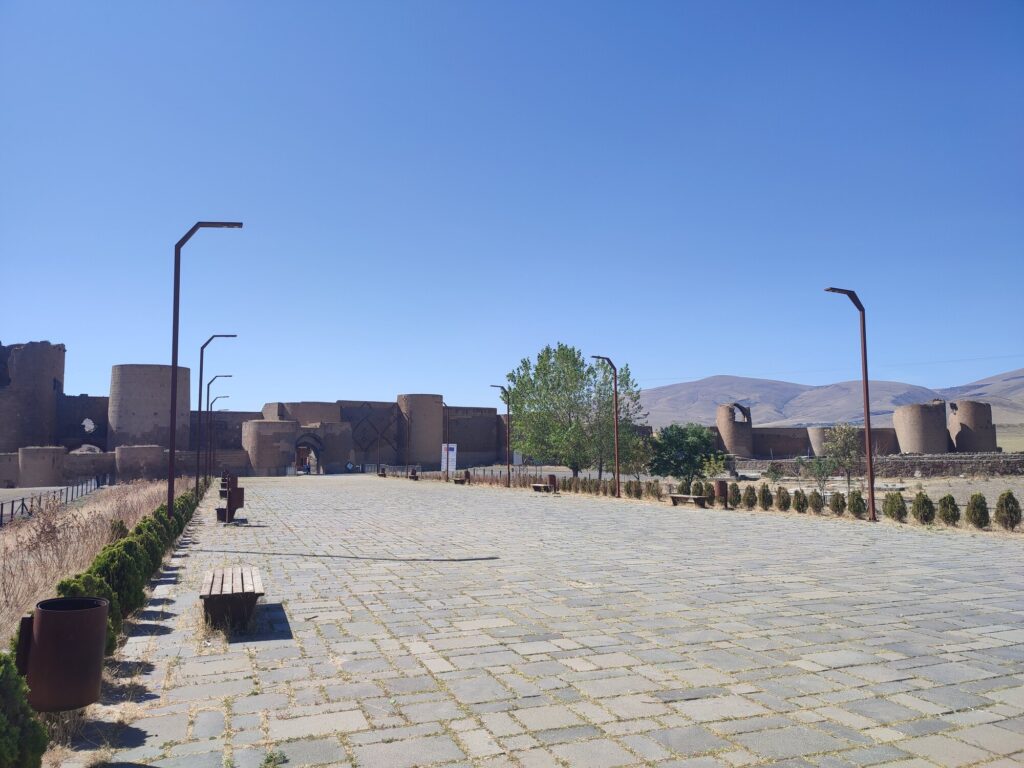
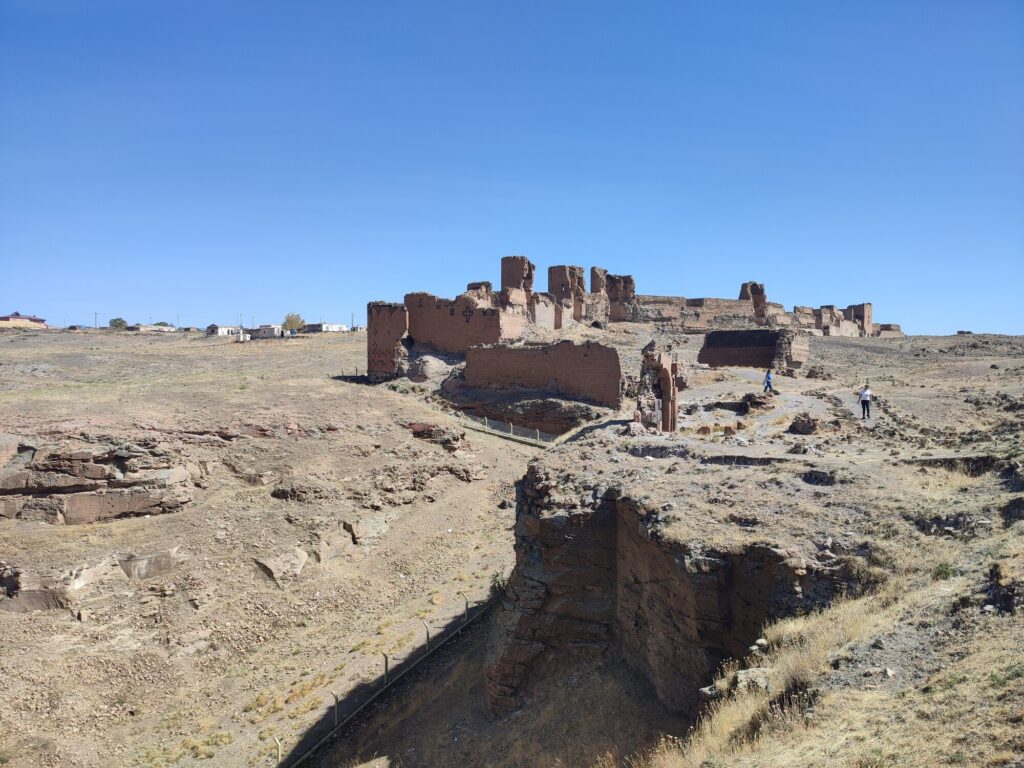


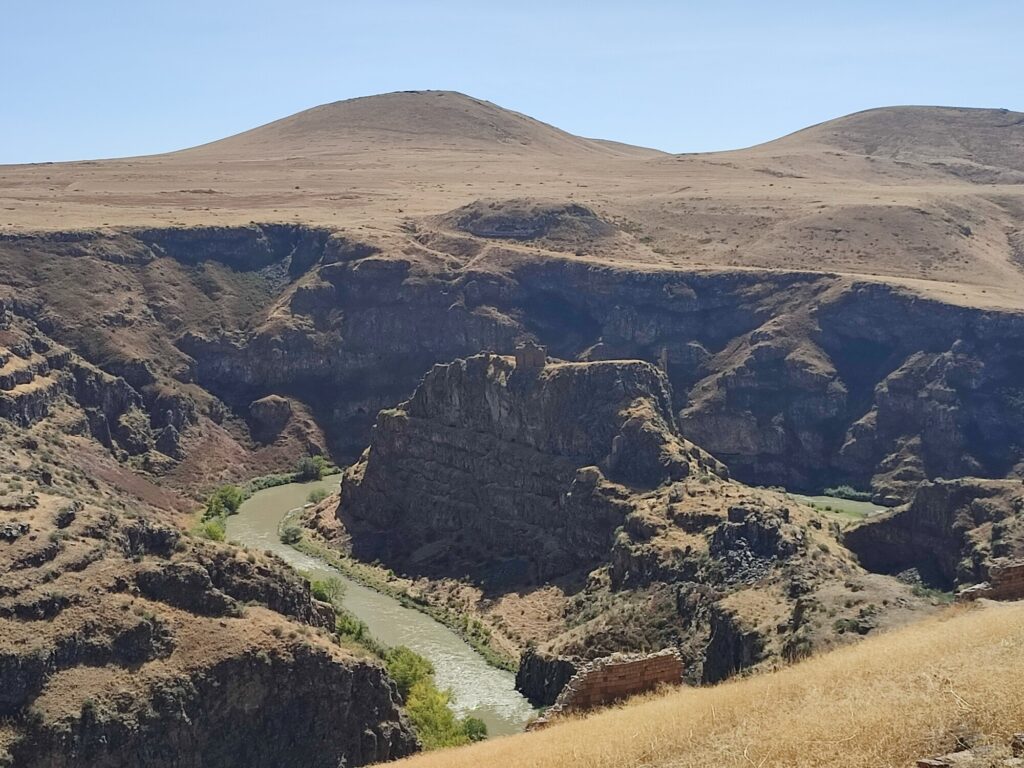
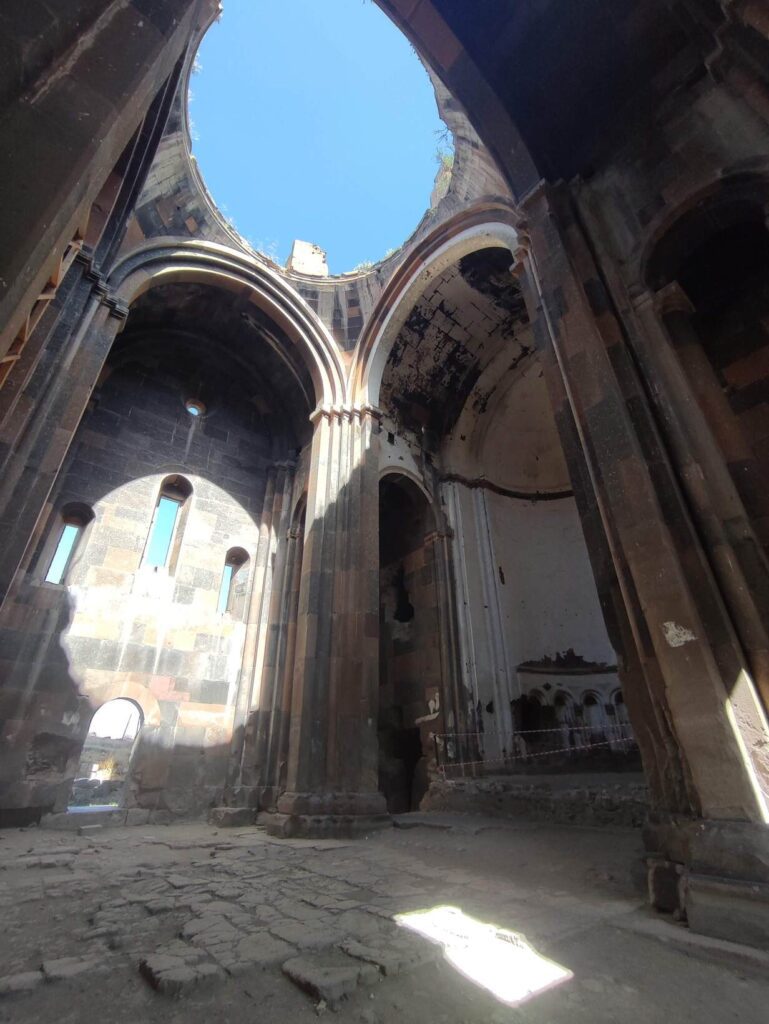


Other Cities
Honorable mention to Erzurum, which is considered the coldest city in Turkey and the biggest in the East. Not much of its old city remains and consequently, there’s not much to see there. It’s a good jumping point for Turkey’s ski resorts, but in the summer, in my opinion, it’s not worth a visit.
Another less visited place in the East is Artvin. The road from Kars to Artvin is one of the most picturesque I’ve ever seen. It follows the Oltu and then the Chorokhi Rivers, the Ayvali Dam, and the Artvin Baraj Golu. It goes through countless tunnels and is an engineering feat.
Artvin itself is also a very beautiful city, situated on steep slopes, overlooking the river Chorokhi. There are a few hikes to do in the region, but apart from that there also isn’t much to do there.
